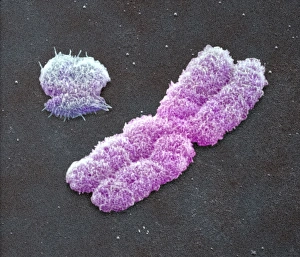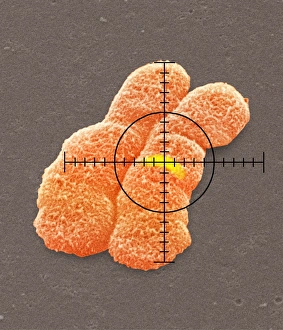Duplicates Collection
"Seeing multiples: Exploring the fascinating world through various lenses" In the realm of photography
All Professionally Made to Order for Quick Shipping
"Seeing multiples: Exploring the fascinating world through various lenses" In the realm of photography, capturing they are be an intriguing trick that adds depth and intrigue to a picture. It allows us to witness the beauty in seeing multiple objects or subjects coexisting harmoniously within a single frame. Similar to this concept, we find echoes of duplication in historical references such as the 23rd Psalm depicting sheep grazing together in vast numbers across Middle Eastern landscapes back in 1898. This imagery reminds us of nature's ability to create countless replicas, showcasing both unity and diversity. Zooming into a microscopic level, we encounter another form of duplication – human chromosomes observed under scanning electron microscopy (SEM). These intricate structures hold our genetic information and exhibit their own mesmerizing patterns when magnified. From male sex chromosomes to targeted genes on specific chromosomes, SEM reveals the intricacies hidden within our very DNA. Delving deeper into scientific advancements, discussions surrounding human cloning emerge. The controversial topic raises ethical questions about duplicating life itself. As science progresses, it is crucial for society to navigate these debates with caution while considering potential benefits and consequences associated with such breakthroughs. Amidst these contemplations on duplicity lies George Studdy's thought-provoking question from his book "Who Said Robots?": Are humans themselves becoming mere duplicates or extensions of technology? This notion invites reflection upon how our relationship with machines might shape future generations. Ultimately, whether contemplating visual tricks in photography or pondering profound philosophical inquiries about replication and cloning, exploring the concept unveils layers of complexity within our world. It prompts us to appreciate both the tangible manifestations found around us and the intangible aspects that make each individual unique amidst a sea of similarities.





